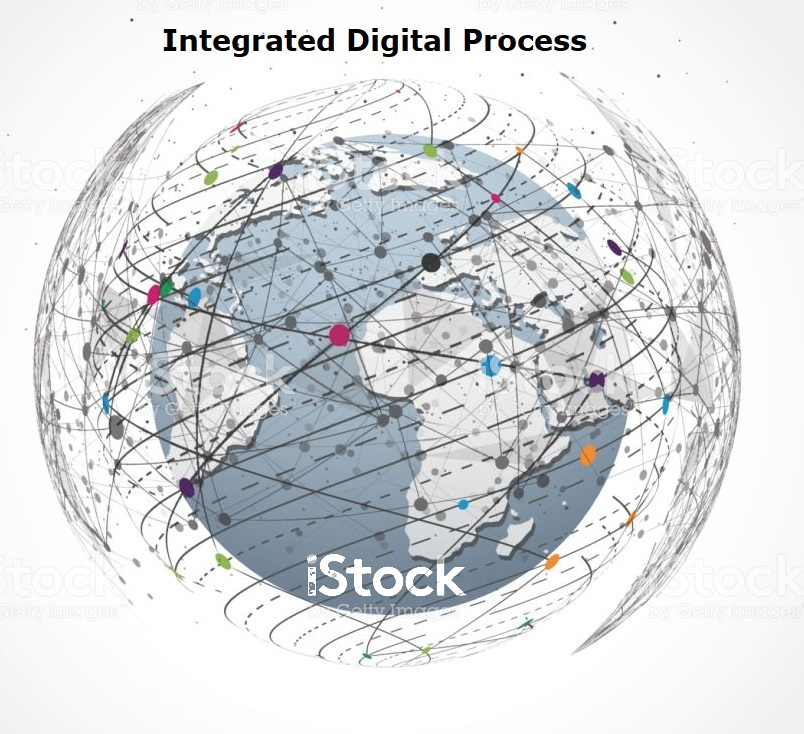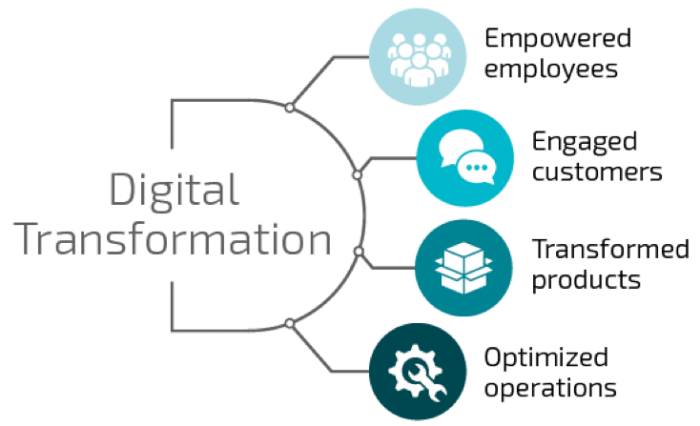
Navigating the new digital divide
Capitalizing on digital influence.
A digital enterprise is an organization that uses technology as a competitive advantage in its internal and external operations.
As information technology (IT) has reshaped the infrastructure and operations of enterprises, digital enterprise has taken on different meanings.
Business activities or new business models that incorporated digital technology, As new models evolve there is constant digital divide thet needs to be managed for continious organizations evolution
As more business processes, products and business models are transformed by digitized information
We Help our clients navigate and minimize not just current digital divide but the future's too.
Holistic Solution to entire value chain
The Digital Enterprise enables companies to integrate and digitalize their business processes. They can start at any point in their value chain, from product design to production planning, production engineering, production execution, and services, and expand the digitalization process step by step. The same goes for machine automation : from design to engineering, commissioning, operation, and services. We provide total solutions to the cloud-based, open IoT operating system, creates a link to the Internet of Things. This means you can view asset , operations and feed back in realtime, The insights into the entire value chain for continuous optimization can analyze the performance for ongoing optimization allowing even new concepts for business improvements.



